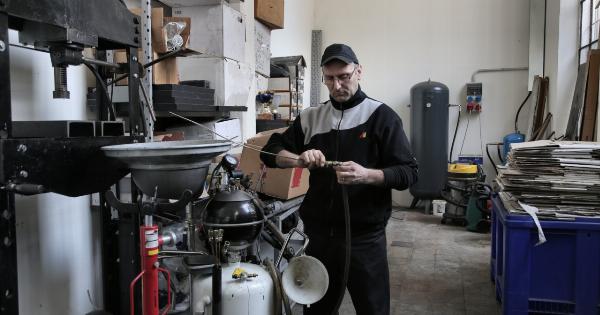Contract negotiations for higher childbirth benefits can be a sensitive subject for employers and employees alike.
However, it is important to consider the needs of working parents and provide them with the necessary support to balance their work and family responsibilities. In this article, we will explore the importance of negotiating for higher childbirth benefits and discuss some key strategies for achieving success in this area.
Understanding the Benefits of Higher Childbirth Benefits
Childbirth is a life-changing event that requires significant physical and emotional support.
For working parents, this can be particularly challenging as they are often faced with the need to balance their work responsibilities with the demands of caring for a new baby. By negotiating for higher childbirth benefits, employers can help support working parents and ensure that they have the resources they need to successfully navigate this transition.
Higher childbirth benefits can come in many forms, from increased maternity and paternity leave to flexible work arrangements that allow parents to work from home or adjust their schedules as needed.
These benefits not only support working parents but also benefit employers by promoting employee retention, improving morale and productivity, and reducing turnover costs.
Strategies for Negotiating Higher Childbirth Benefits
Negotiating for higher childbirth benefits can be challenging, but there are several strategies that can help you achieve success. Here are some key tactics to consider:.
1. Know Your Rights
Before entering into negotiations, it is important to have a clear understanding of your legal rights related to childbirth benefits.
This includes any laws or regulations that may apply to your industry or location, as well as any contractual obligations that may exist. Understanding your rights will give you leverage in negotiations and help ensure that you are advocating for your needs effectively.
2. Build a Strong Case
To successfully negotiate for higher childbirth benefits, you will need to build a strong case that demonstrates the value of these benefits to your employer.
This may involve gathering data related to the costs of turnover, the benefits of employee retention, and the positive impact of childbirth benefits on employee satisfaction and productivity. By presenting a compelling case, you can make a convincing argument for why your employer should invest in these benefits.
3. Identify Key Decision Makers
When negotiating for higher childbirth benefits, it is important to identify the key decision-makers within your organization. This may include senior leaders, HR professionals, or other stakeholders.
By understanding who has the power to make these decisions, you can focus your efforts on the individuals who are most likely to support your cause.
4. Be Prepared to Compromise
While it is important to be clear about your needs and goals when negotiating for higher childbirth benefits, it is also important to be prepared to compromise.
This may mean finding creative solutions that meet the needs of both your employer and yourself, or accepting a less-than-perfect deal in exchange for other benefits or concessions. By being flexible and open-minded, you can help ensure that negotiations remain productive and positive.
5. Be Proactive
Finally, it is important to be proactive when negotiating for higher childbirth benefits. This means taking the initiative to bring up the importance of these benefits in discussions with your employer, rather than waiting for them to be offered.
By taking a proactive approach, you can demonstrate your commitment to this issue and show that you are willing to work collaboratively with your employer to find solutions that work for everyone.
Conclusion
Negotiating for higher childbirth benefits can be a challenging but rewarding process.
By understanding the benefits of these benefits, building a strong case, identifying key decision-makers, being prepared to compromise, and taking a proactive approach, you can help ensure that your employer provides the support you need to balance your work and family responsibilities. With the right strategies and a commitment to open communication and collaboration, you can achieve success in negotiations and build a more supportive and family-friendly workplace for all.






























